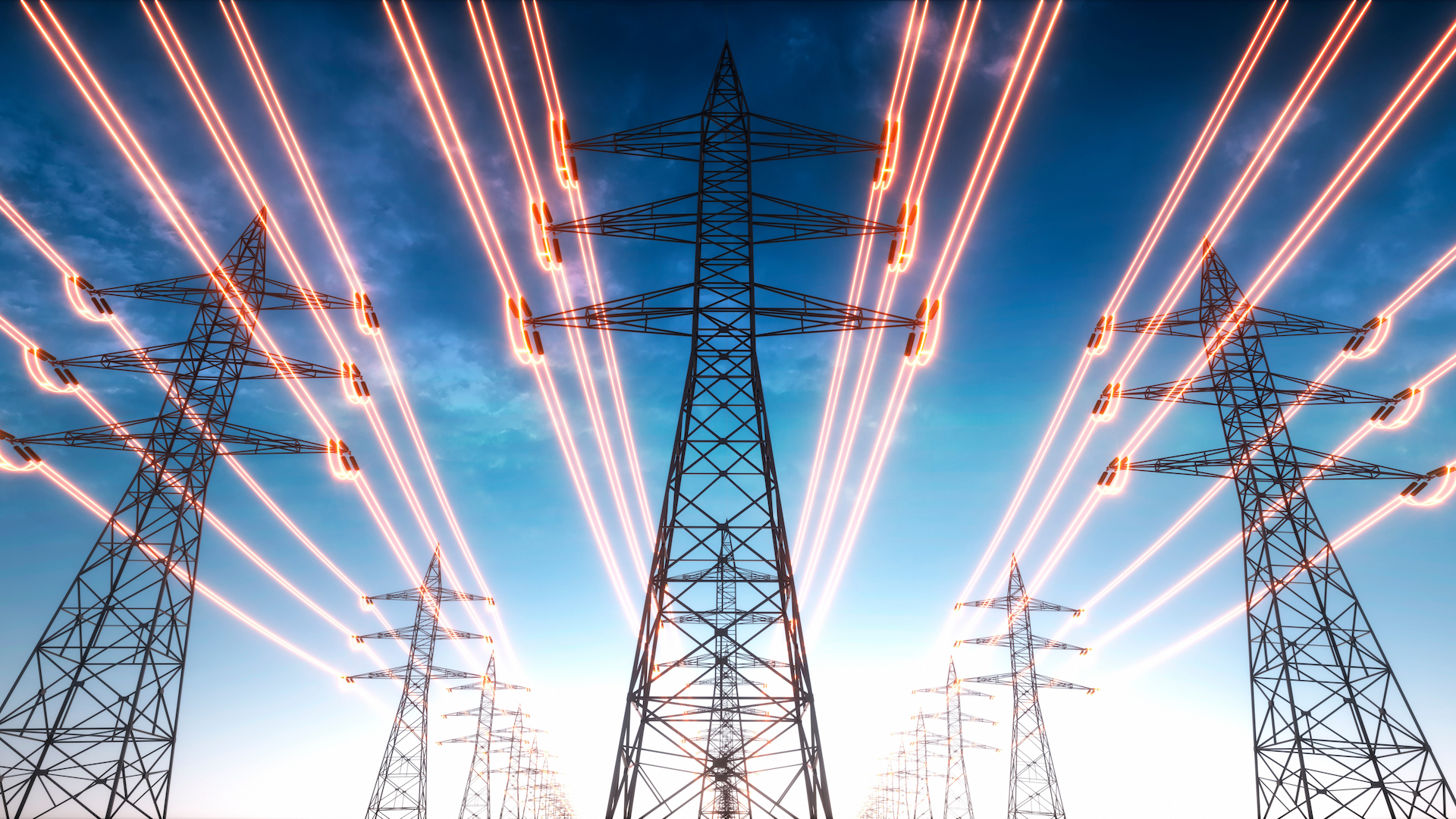|
Getting your Trinity Audio player ready...
|
Within the intricate tapestry of energy genesis and utilization, a distinct avenue unfolds, heralding hope for an enduring tomorrow. This avenue gleams under the innovative light of neutrinovoltaic technology. The seismic shift it promises in energy creation compels us to ponder: How might we weave this otherworldly power into the solid fabric of our existing networks? Our journey into understanding isn’t merely of a technical nature but possesses a philosophical dimension, beckoning us to reevaluate the foundational principles of our energy scaffolding. Let us navigate the nuances of neutrinovoltaic technology and the architectural metamorphosis necessary for its harmonious integration into our electrical landscapes.
Neutrinovoltaic: Unraveling the Enigma
At the heart of the universe’s expansive canvas, lie neutrinos—subatomic emissaries that communicate the tales of distant cosmic events. With no charge and a mass almost imperceptible, they were once relegated to the peripheries of scientific intrigue. They emerge from cosmic phenomena, such as stellar fusion, supernovae, and closer to home, human-engineered processes like nuclear fission in reactors. With an astonishing 100 trillion neutrinos streaming through every square centimeter of Earth every second, their omnipresence is unquestionable.
This ever-present cosmic whisper became a roar of potential with the seminal work of physicists Arthur B. McDonald and Takaaki Kajita in 2015. Their affirmation that neutrinos possess mass, however minuscule, recasts them from mere cosmic couriers to powerhouses of latent energy. Within the secluded realms of scientific and technological innovation, the Neutrino Energy Group stands as a vanguard, recognizing the immense possibilities ahead. They’ve ardently pioneered the advancement of neutrinovoltaic technology, an invention whose embryonic patent footsteps were imprinted in 2013 and is now safeguarded under the aegis of international patent WO2016142056A1.
In its essence, neutrinovoltaic technology seeks to tap into the kinetic energy of neutrinos and other non-visible radiations. It employs multilayer nanomaterials, intricately structured with alternating layers of graphene and silicon, each layer selectively doped to enhance energy collection. This ingenious design transforms passing neutrinos and all other forms of non-visible radiations into a cascade of electricity, opening doors to an entirely new realm of energy production.
The Neutrino Energy Group‘s commitment to this technology birthed two groundbreaking projects. The first is the Neutrino Power Cube, a marvel of design and a testament to sustainable energy production. This fuel-free power generator harnesses the ceaseless flow of neutrinos and other non-visible radiations, providing a compact yet efficient source of energy. Its design, modular in nature, allows for scalability, making it suitable for various applications ranging from powering remote installations to supplementing larger urban grids.
The second venture is the Pi Car. This automotive marvel, a reimagining of vehicular prowess, draws its might solely from neutrinovoltaic technology. It does more than merely curb emissions – it obliterates them. While conventional electric vehicles remain tethered to the grid’s limitations, often subtly dependent on fossil fuel, the Pi Car stands as a luminary in self-reliant, green transit. The moniker “Pi Car” was selected by the Neutrino Energy Group, evoking the infinite nature of pi’s value. Much like the unending digits of pi, the avant-garde energy mechanism housed within the Pi Car promises to ceaselessly drive this unparalleled vehicular marvel. Given the right circumstances, merely allowing the car to bask outdoors for sixty minutes can endow it with a driving range of up to 100 kilometers.
However, as we stand on the cusp of this new energy era, the integration of neutrinovoltaic-derived power into our existing grids presents multifaceted challenges. The inherent and continuous nature of neutrino energy introduces elements of variability that our traditional grid systems, designed around consistency, may initially grapple with. To counter this, advanced predictive algorithms utilizing AI and machine learning can be employed. These algorithms are capable of anticipating fluctuations in energy capture and optimizing energy distribution to ensure grid stability.
Our modern power grids, crafted around existing energy paradigms, necessitate an infrastructural overhaul to accommodate neutrinovoltaic energy’s unique properties. This is where advanced grid designs emphasizing modularity and scalability come into play. Furthermore, the incorporation of microgrids can enhance flexibility and resilience, allowing the grid to better cope with the dynamic nature of neutrino energy.
As we envision an energy landscape dotted with Neutrino Power Cubes and roads traveled by Pi Cars, the continuous influx of neutrino energy dictates the need for advanced energy storage mechanisms. Cutting-edge storage systems like supercapacitors, known for their rapid charge-discharge cycles, and high-capacity flow batteries could be optimized for neutrinovoltaic energy. These systems would ensure that energy remains readily available, especially during periods of peak demand.
The road ahead also demands extensive retrofitting of our current grid systems. Transformers, substations, and transmission lines might require upgrades or even complete redesigns to seamlessly accommodate and distribute neutrino-derived power. Beyond the physical, a novel energy source such as this beckons an updated framework of regulations. We may need to institute new safety protocols, and craft quality standards, and even introduce economic incentives to guide and bolster the integration of neutrinovoltaic technology.
Research and development, being the bedrock of any technological advancement, play a pivotal role. While we have made significant strides in harnessing neutrino energy, there is vast potential awaiting discovery. Through sustained scientific exploration, we can enhance the efficiency, scalability, and adaptability of neutrinovoltaic systems. Yet, the journey doesn’t end with the scientists and engineers. A synergistic collaboration between academia, industry, policymakers, and the public is imperative. Pooling resources, combining expertise, and uniting behind a shared vision can streamline our path to a future where neutrinovoltaic technology is an integral component of our energy matrix.
In conclusion, neutrinovoltaic technology heralds a future less reliant on depleting resources and more anchored in sustainability. Its integration into our energy ecosystem requires not only infrastructural adjustments but also a paradigm shift in our perceptions and interactions with energy. With technological advancements, collaborative endeavors, and visionary foresight, a grid that seamlessly accommodates neutrinovoltaic energy is not just a tantalizing prospect—it’s an imminent reality.


